Glass Flower Calligraphy Dip Pen & Ink Set with Pen Rest
- Regular Price
- $30.00
- Sale Price
- $30.00
- Regular Price
Out of Stock
- Unit Price
- per
Sku:
N525DB
FREE SHIPPING ON ALL ORDERS OVER $75 PLUS LOW $6.95 FLAT RATE SHIPPING ON ORDERS UNDER $75!
Please note: We will be closed from December 24th-January 5th. We wish all a wonderful Holiday Season and Happy New Year!
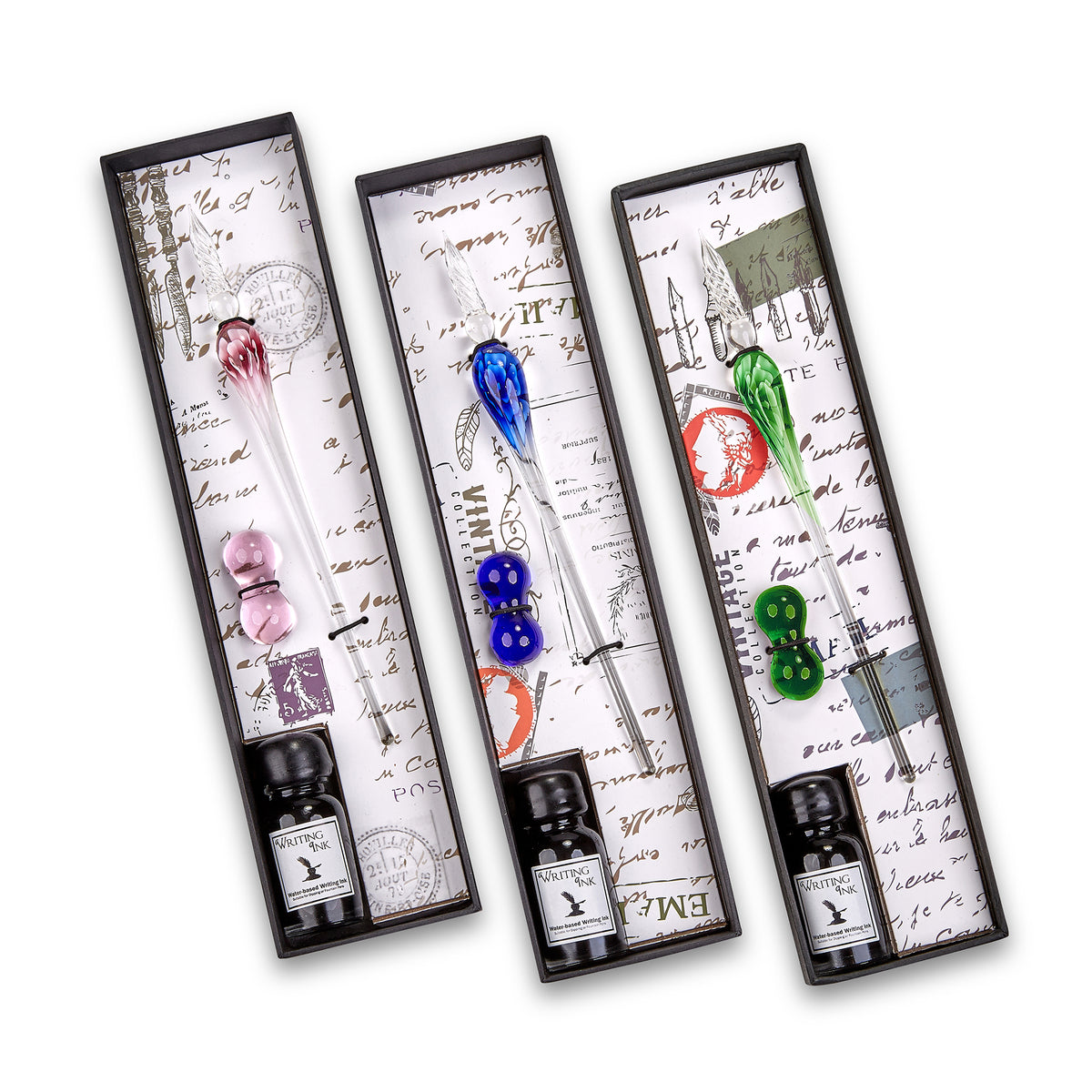
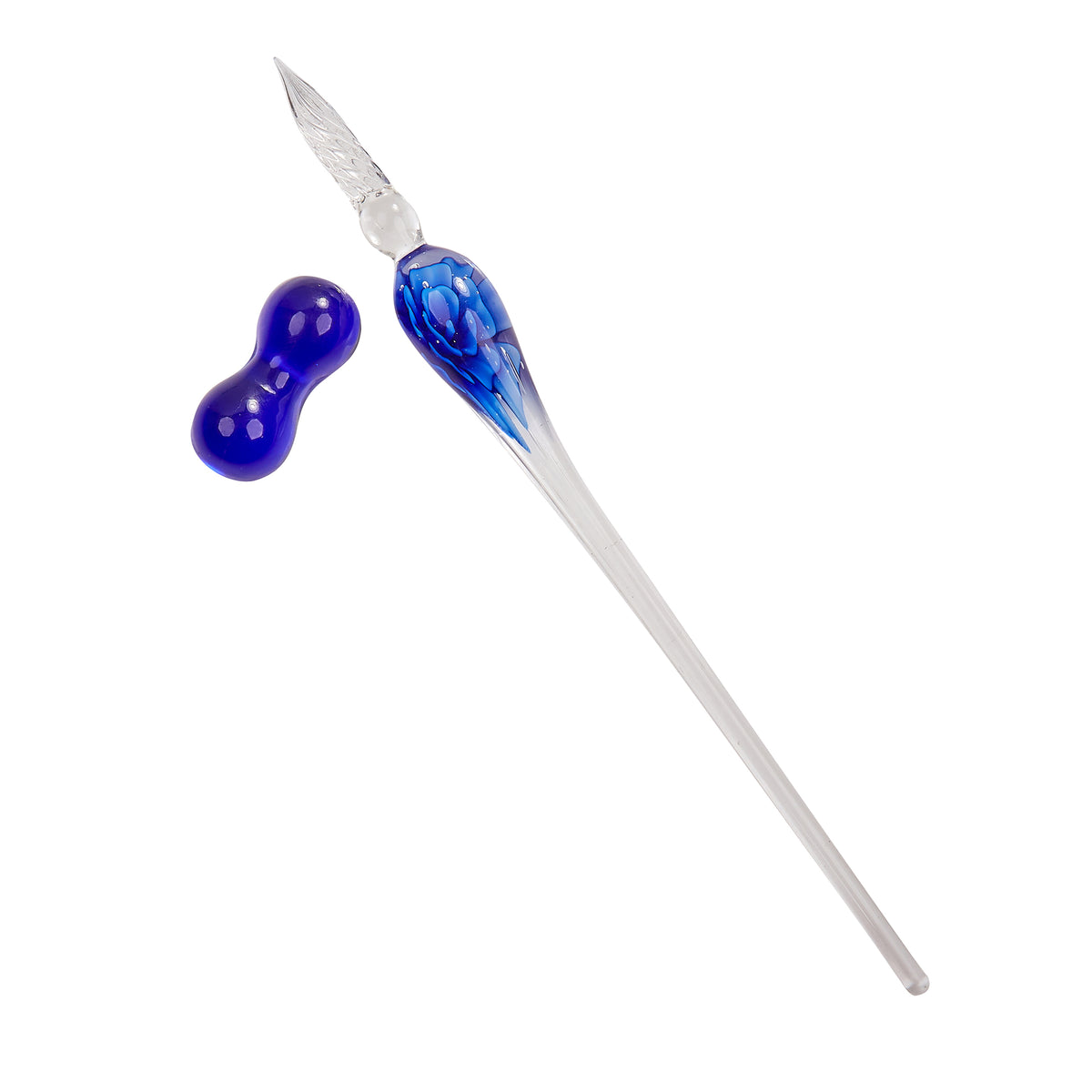
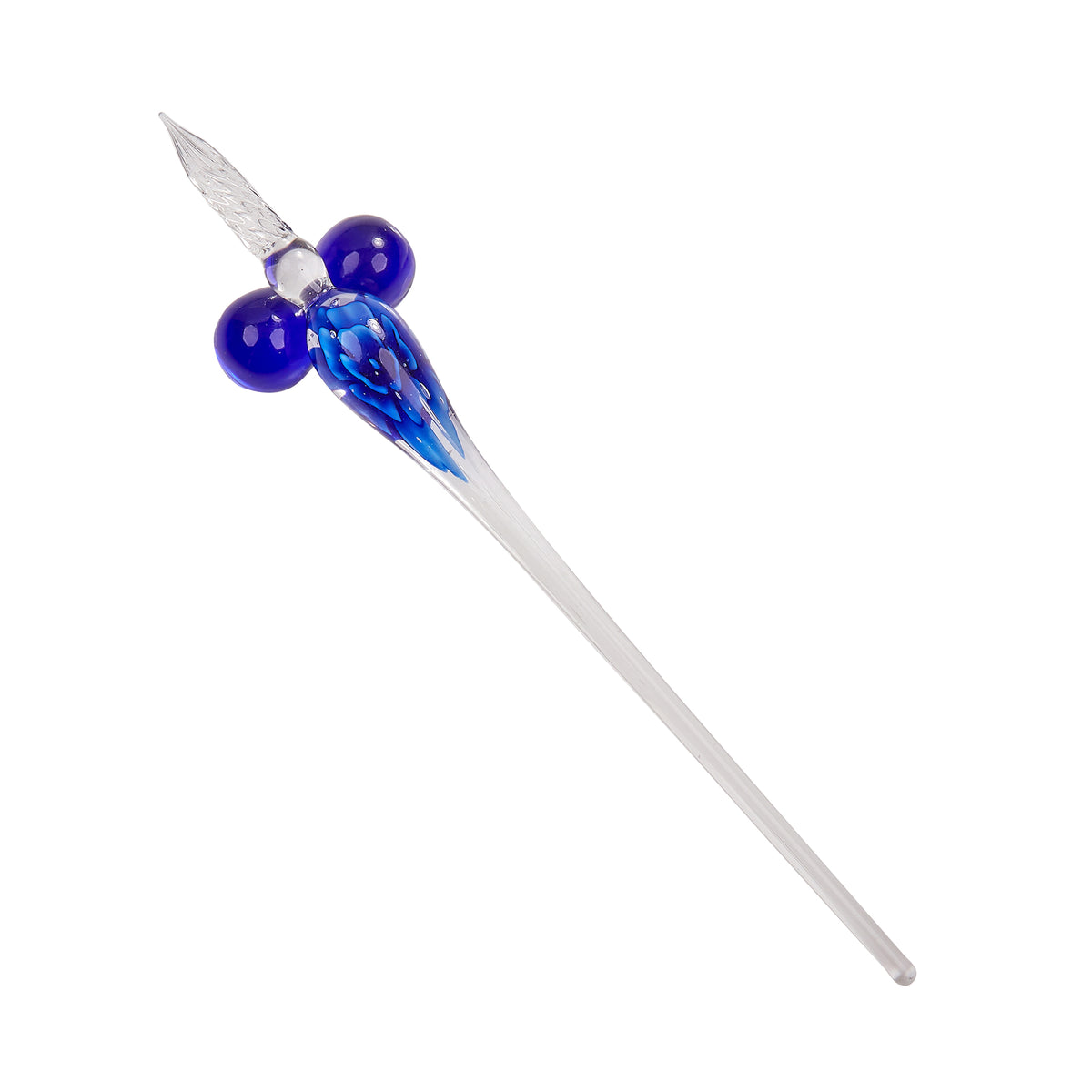
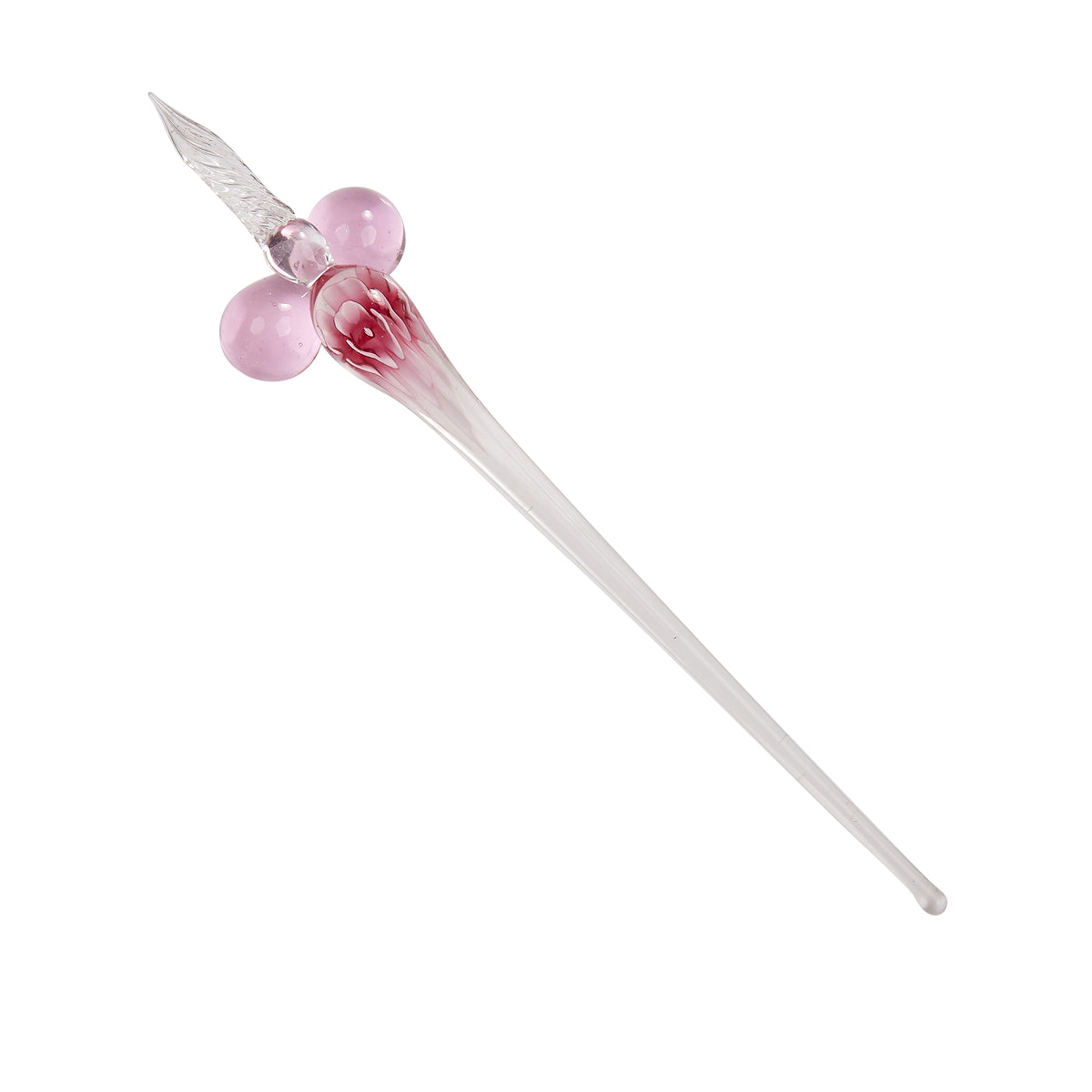
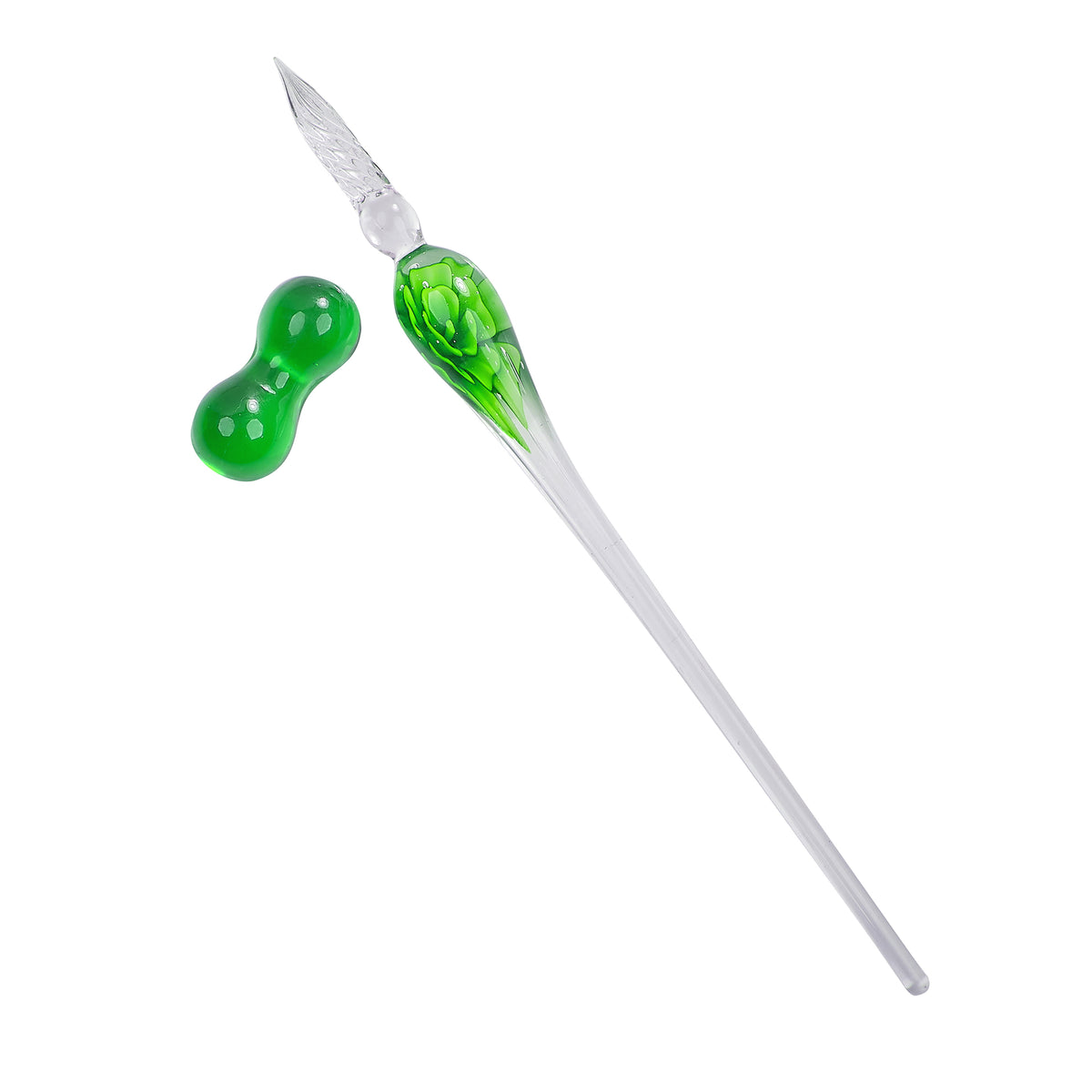
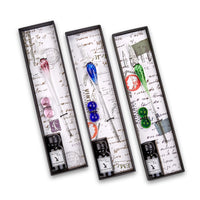
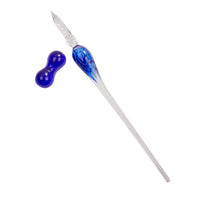
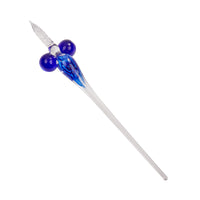
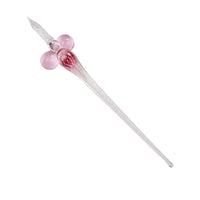
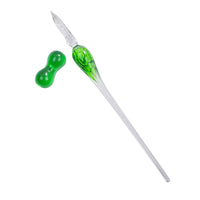
Many pen enthusiasts have a collection of glass dipping pens since their simplicity allows a writer to try out many different types of inks in rapid succession.
Glass Pens are a work of Art that adds an artistic elegance when writing with ink or placed on your desk. They are typically hand crafted and therefore each Pen is unique. Many pen enthusiasts have a collection of glass dipping pens since their simplicity allows a writer to try out many different types of inks in rapid succession. . Glass Dipping Pens make a perfect graduation, anniversary, wedding, birthday or holiday gift. No calligraphy knowledge needed! Just dip and write!
Changing inks is as easy as dipping the pen tip into water, wiping with a cotton towel and then dipping the pen into new ink! Glass dipping pens provide a nice flow of ink over paper. As long as you have a bottle of ink nearby, glass pens help you capture your thoughts anytime of the day or night. Glass pens are understandably more fragile than other writing instruments. If kept safe, however, a glass pen will outlive your metal pens, as they will never rust or clog
How to Write with a Glass Dip Pen
Glass Dip Pens hold ink in the small, deep grooves at the tip. These grooves hold the ink as you write. Dip your glass pen about halfway through the tip of the pen. To begin writing, use a light amount of pressure (as compared to the steel nib pens), then vary that pressure to see what works best for you (excessive pressure as you write might cause the tip to break). Try writing at an angle and not vertically. When used correctly, a Glass Pen can store enough Ink to write a full sentence or more.
How to Clean a Glass Dip Pen:
Clean your pen regularly as you write by dipping it in water every 1-2 minutes and then wiping it off with a cotton cloth.
What Type of Ink is best with Glass Dip Pens?
Glass Dip Pens work best with thinner inks as the thin grooves don’t allow a thicker ink to flow as well, but typically will handle most types of inks. Please note that your results may vary, as characteristics like viscosity, won’t be perfectly consistent between different brands of the same type of ink.
What type of Paper is Best?
Glass Dip Pens are wet writers, especially right after they are dipped. Choose a less-absorbent paper that doesn’t bleed or feather. Good options are any fountain–pen friendly papers.
Production Times:
Stock Items: Ship in 1-2 business days.
Custom Items: Standard Production times are listed on the individual products. Rush Production services are available on select items and are listed as an option when applicable.
Shipping Times: Please note packages may ship using a variety of carriers and while some packages may arrive on weekends, most services are delivered Monday-Friday (business days) and should be considered when placing your order.
|
|||||||||||||||||||||||||||||||||||||||
INTERNATIONAL ORDERS-Live Rates
Returns:
You may return any unused stock item for any reason within 30 days from receipt. Custom Products are not subject to cancel or return except for defects in the order. Please view our Return Policy here.
Free stuff and general goodness
*By completing this form you're signing up to receive our emails and can unsubscribe at any time.